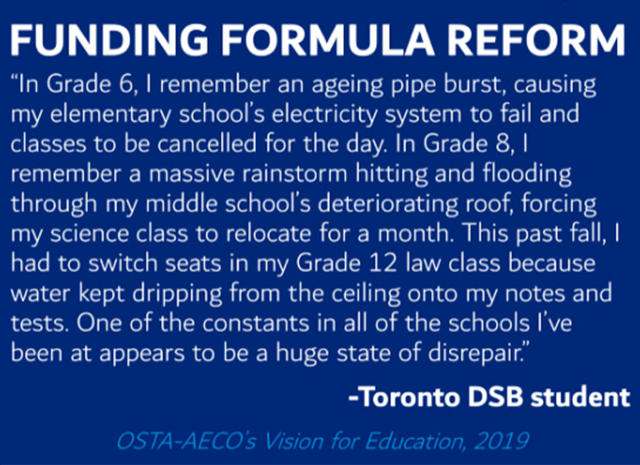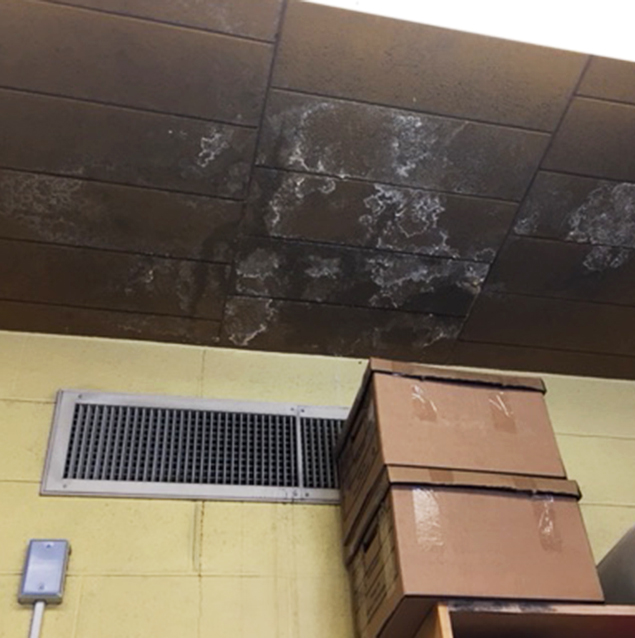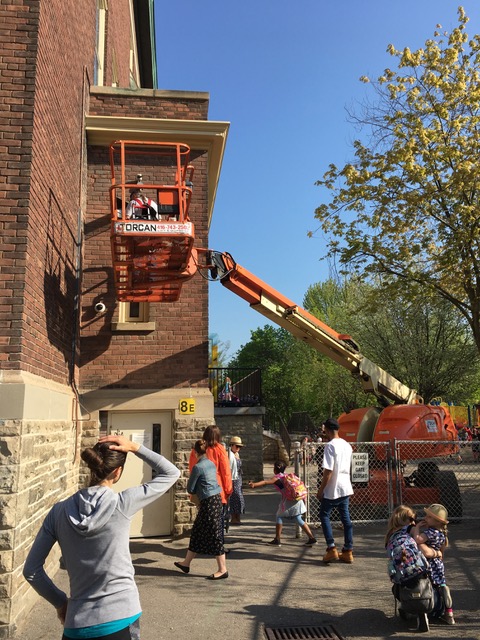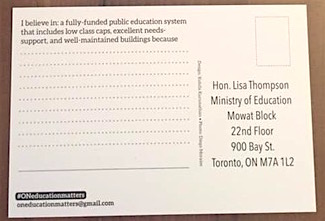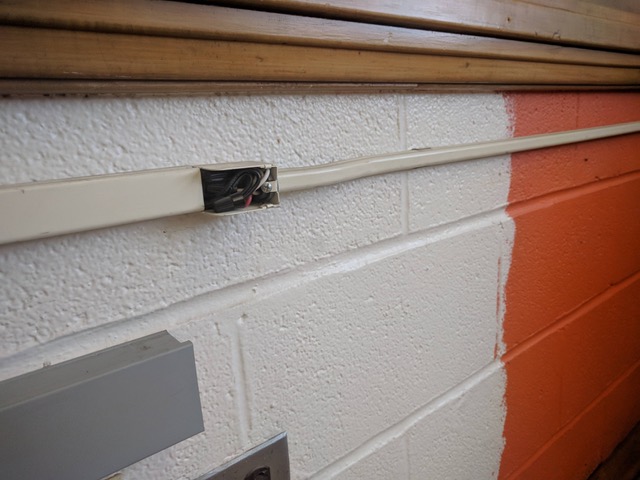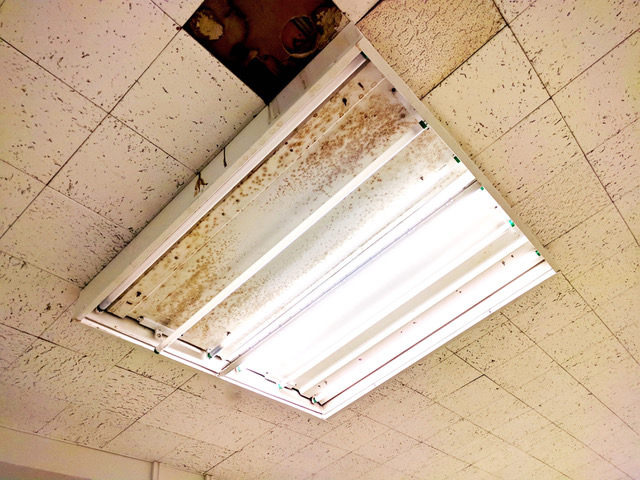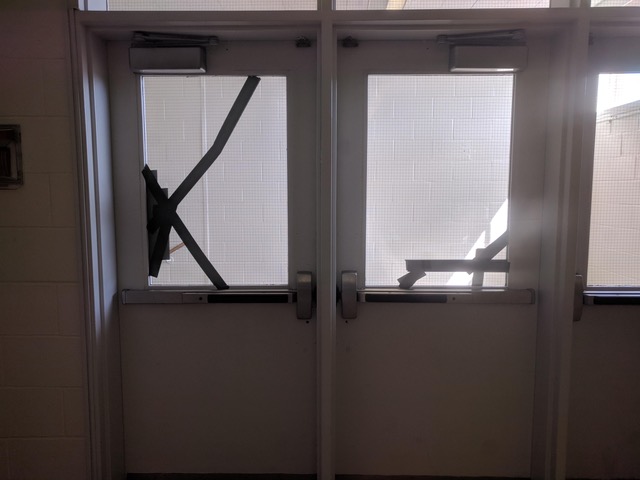On Monday, May 6, 2019, Fix Our Schools witnessed absolute proof that Ontario’s publicly funded education system is not broken. We were thrilled to be at Queen’s Park supporting the Ontario Student Trustees’ Association (OSTA-AECO) as they released an incredibly thoughtful, well-researched vision document entitled, “The Students’ Vision for Education”. The Student Trustees who researched, wrote and presented this vision document are intelligent, thoughtful, articulate, confident young people who are already making huge contributions to society. These same Student Trustees are a result of Ontario’s publicly funded education system.
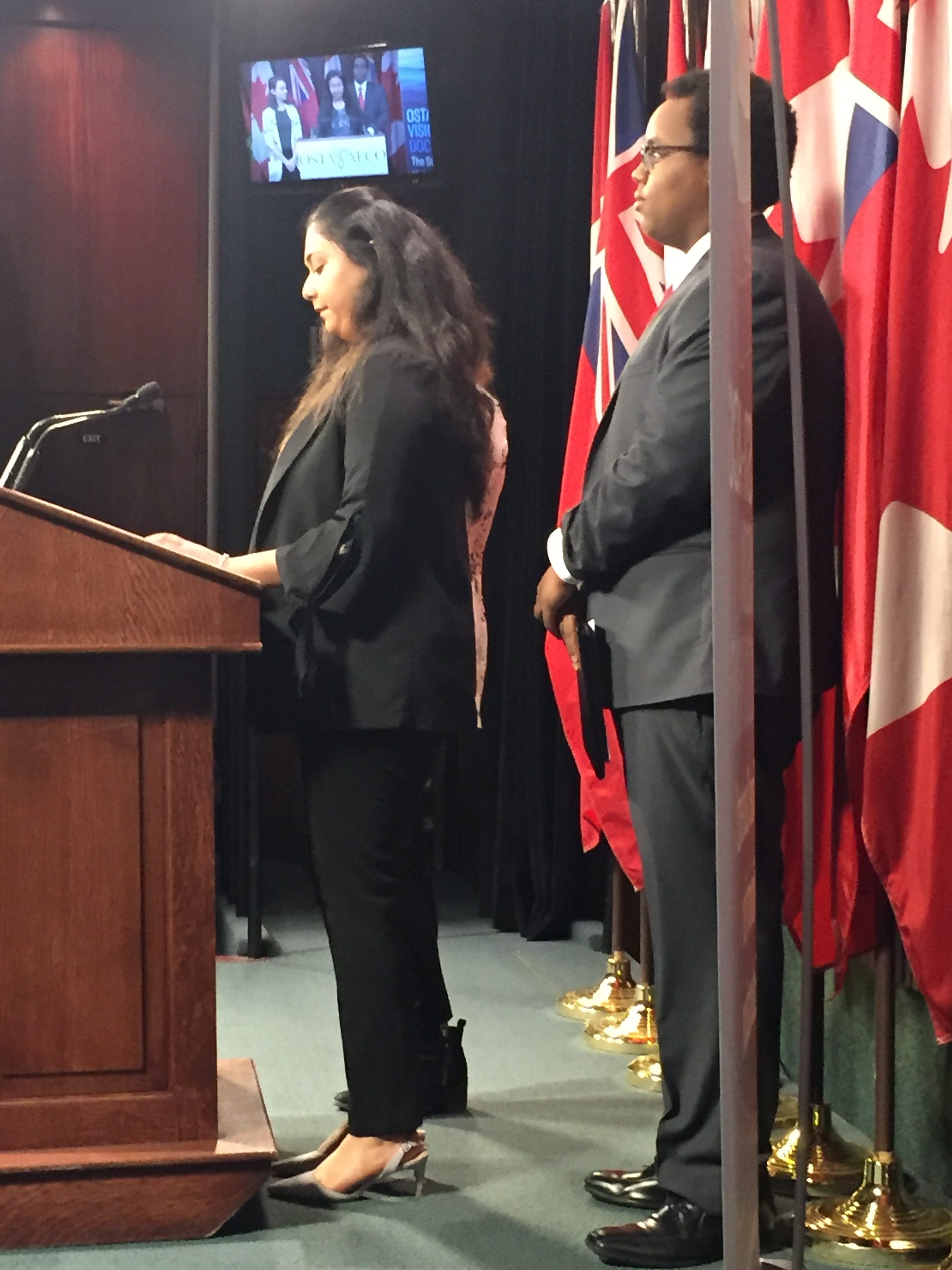 OSTA-AECO is a non-partisan organization comprised of student trustees from public and Catholic school boards across the province. Representing approximately 2-million Ontario students, OSTA-AECO members work with provincial partners in government to improve our publicly funded education system for students.
OSTA-AECO is a non-partisan organization comprised of student trustees from public and Catholic school boards across the province. Representing approximately 2-million Ontario students, OSTA-AECO members work with provincial partners in government to improve our publicly funded education system for students.
The vision articulated by OSTA Executive on Monday at Queen’s Park was impressive and student-focused. The vision document represents much research and reflects data collected from over 20,000 surveys. Truly, the intelligence, poise, maturity, and confidence embodied in the Student Trustees at Queen’s Park was a huge testament to Ontario’s education system, one of the best in the entire world according to the Organization for Economic Co-operation and Development (OECD).
As outlined in the Forward of the OSTA-AECO vision document, Ontario’s strong education system is no accident. It has relied on excellent, dedicated work by educators, administrators, and students.
“A publicly-funded education system is an integral part of any mature society. It lifts communities up, promotes widespread equity, and provides countless opportunities for citizens to succeed throughout their lives. The immense benefit of publicly-funded education is unquestionable; it is a promise of prosperity, success, and development. Nevertheless, to protect it, Ontario must constantly improve it.” – pg. 6 of OSTA-AECO vision document
OSTA’s vision document provides our provincial government with 35 long-term recommendations that “strive to transform every facet of our education system”.
For the Fix Our Schools campaign, perhaps the most pertinent recommendations from OSTA-AECO were under the pillar entitled, “Funding Formula Reform”, which calls on our provincial government to rectify the significant issues of funding inadequacy. Since 2014, Fix Our Schools has asked the Province to ensure adequate, stable funding for school building infrastructure and we were heartened to hear such strong support from OSTA-AECO for ensuring safe, healthy, well-maintained school buildings in this province.
In fact, OSTA-AECO identifies the growing state of disrepair in publicly funded schools as “one of the largest challenges facing Ontario’s education system”, noting that the capital repair backlog has grown from $5.6-billion in 2002 to a whopping $15.9-billion as of the most recent release of disrepair data by the province in Fall 2017.
The following student quote from the OSTA-AECO vision document provides a vivid illustration of how disrepair in Ontario’s schools negatively impacts student learning:
OSTA-AECO also calls on our provincial government to implement a Standard of Good Repair for Ontario schools as part of the solution to poor learning conditions in Ontario’s schools. Recognizing that “it is extremely difficult for students to succeed if they are shivering in class, the provincial government must create a standard for good repair which is localized for unique costs, individualized through school-based funding, and be completely detached from utilization rates. It should be provincial through consistent standards across the board for the temperature that is conducive for learning, cleanliness, and facilities’ upkeep requirements.”

